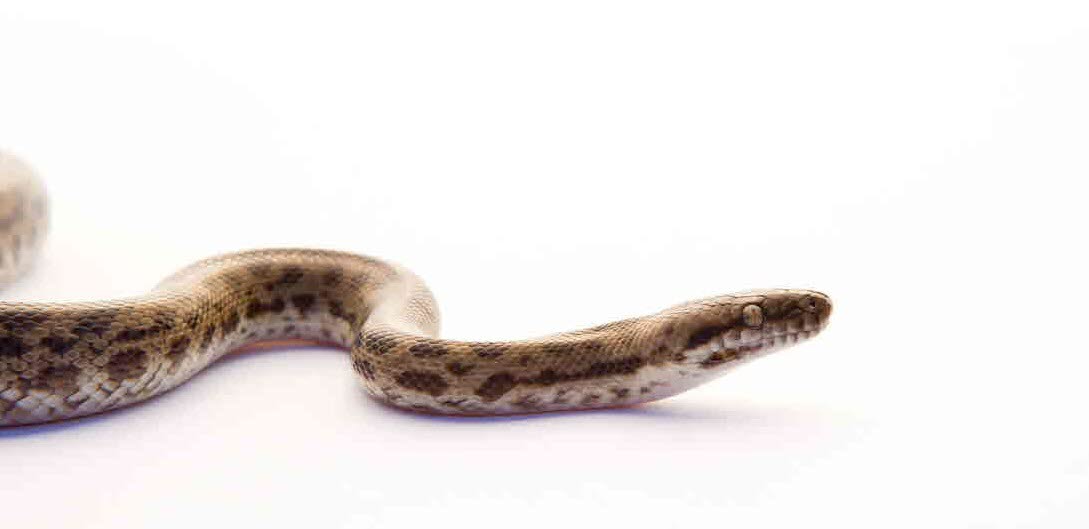Snakebite treatment for dogs and cats

Australia is home to an amazing array of native wildlife, including a number of venomous snake species such as the Brown Snake, Tiger Snake, Red-bellied Black Snake, Taipan, Copperhead and Death Adder. Depending on the geographical location, snakes can be present year round but are frequently more active during the warmer months of the year.
Dogs and cats can be bitten by snakes if they disturb them in their own back yard or when they are out exploring or exercising. The signs of snakebite in pets can vary depending on the species of snake involved and whereabouts on their body a pet is bitten. The common signs of snakebite in pets can include:
- Dilated pupils
- Generalised weakness or collapse
- Difficulty breathing
- Blood in urine
- Vomiting
The most important thing to know is that the success of snakebite treatment is time-critical and if you have any concerns that your pet has been bitten by a snake, you should contact your local veterinarian immediately.
How does snake venom cause damage?
Each species of snake creates a different venom, but in general, the toxins in Australian snake venom include:
- Haemotoxins: Toxins which alter how the blood clots, making pets more likely to bleed or alternatively more like to generate blood clots.
- Neurotoxins: Toxins which attack the nervous system (brain and nerves), in particular, they may affect a pet’s ability to breathe on their own.
- Myotoxins: Toxins which attack muscle, generally causing severe muscle breakdown.
The severity of illness caused by these toxins depends on a number of factors. These include:
- The size and species of the snake.
- The amount, and the toxicity of the venom injected during the bite.
- The time between when the pet is bitten and when the pet is treated by a veterinarian.
How will my vet diagnose snakebite in my pet?
If you suspect your pet may have been bitten by a snake, it’s important to get your pet to a veterinary practice immediately. Diagnosis of snakebite in pets involves your vet taking a thorough history, performing a physical examination and often carrying out blood and/or urine tests. Blood tests can be used to detect certain markers that indicate severe muscle damage caused by the venom.
They can also be used to identify an abnormality in the time taken for your pet’s blood to form clots. A venom detection test on blood or urine may also be utilised. Depending on the severity of your pet’s clinical signs, treatment may need to be commenced prior to these tests being performed.
What does treatment involve? And what is anti-venom?
Snakebite treatment in pets has two main aims:
- To neutralise unbound circulating toxins in the bitten animal.
- To treat the effects of toxins which have already bound to their designated site (e.g. muscle) and caused damage.
Anti-venom (also known as antivenin) is used to treat snakebite. The anti-venom binds to, and deactivates the circulating toxins which are injected into the pet’s system when they are bitten. It does not reverse the damage caused by toxins which have already bound. This is why it is so critical that pets receive veterinary treatment immediately.
The second aim of treatment is supportive care. This generally involves the administration of intravenous fluids, and other supportive medications. Nursing care is also often required, including procedures such as changing the positioning of hospitalised patients who are unable to move, and may also extend to manual ventilation if pets cannot breathe by themselves.
A pet’s prognosis for recovery from snake bite can be variable. However, knowing the signs of snakebite and seeking immediate veterinary treatment, will greatly improve your pet’s chance of recovery. If you have any concerns about snakebite and your pet, contact your local veterinarian immediately.
